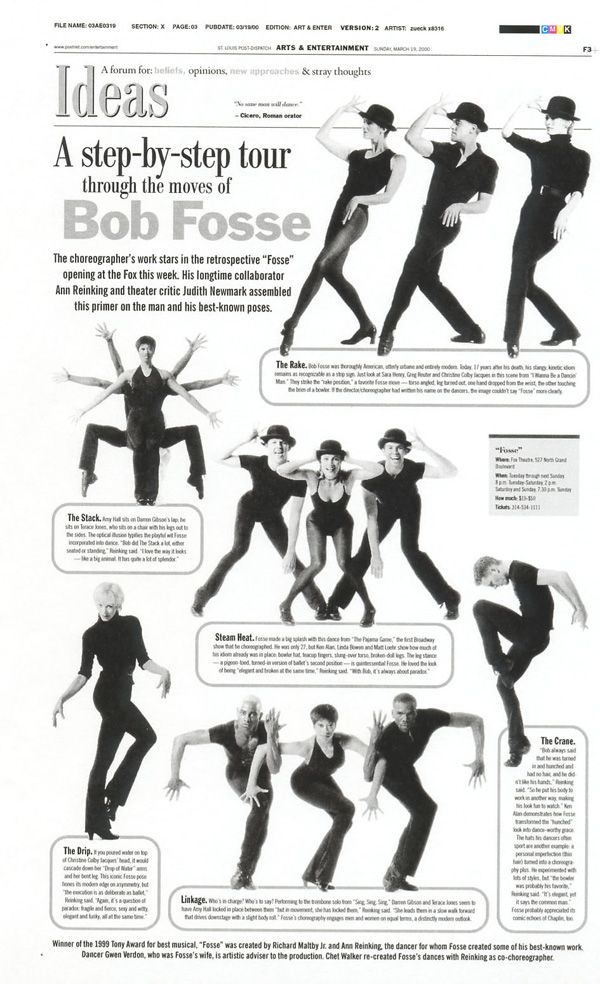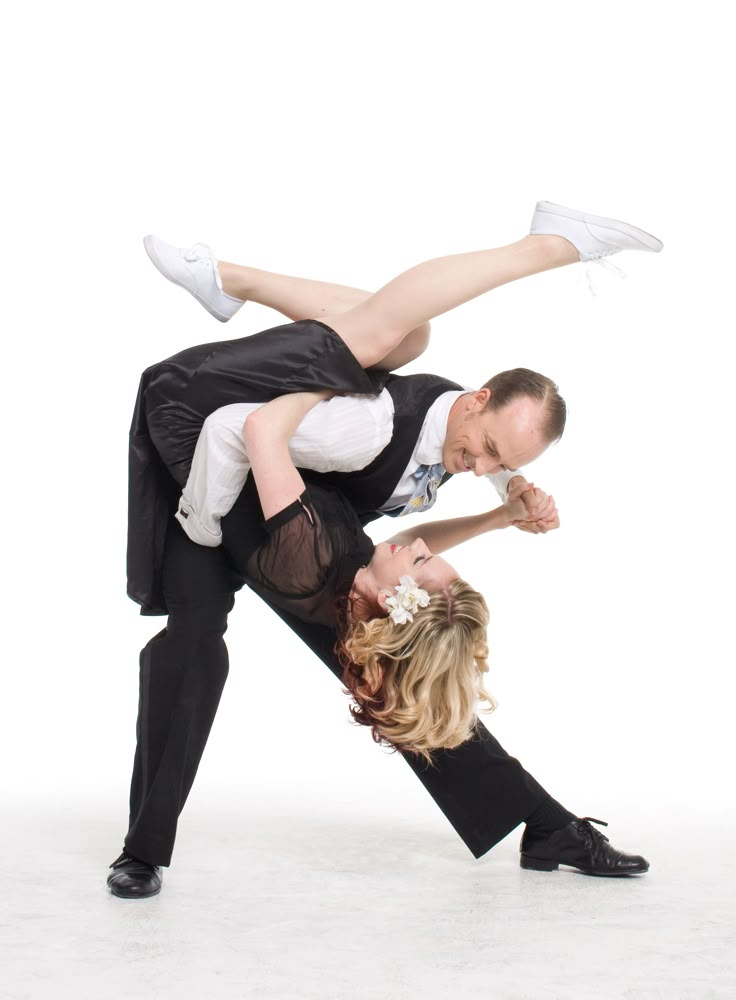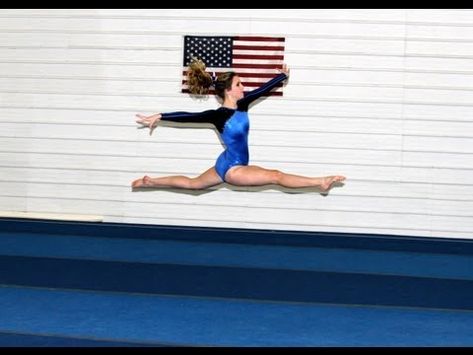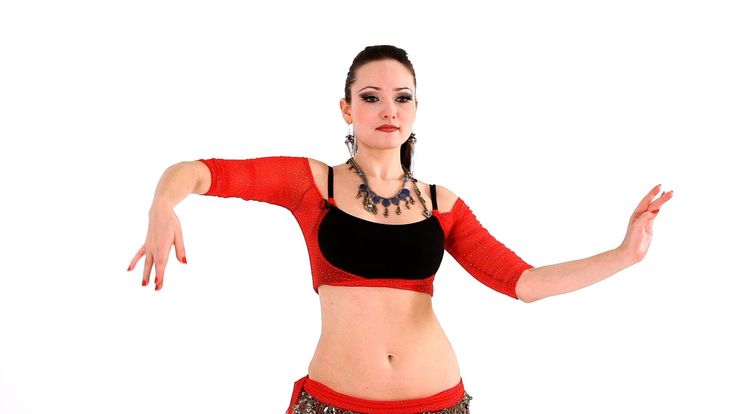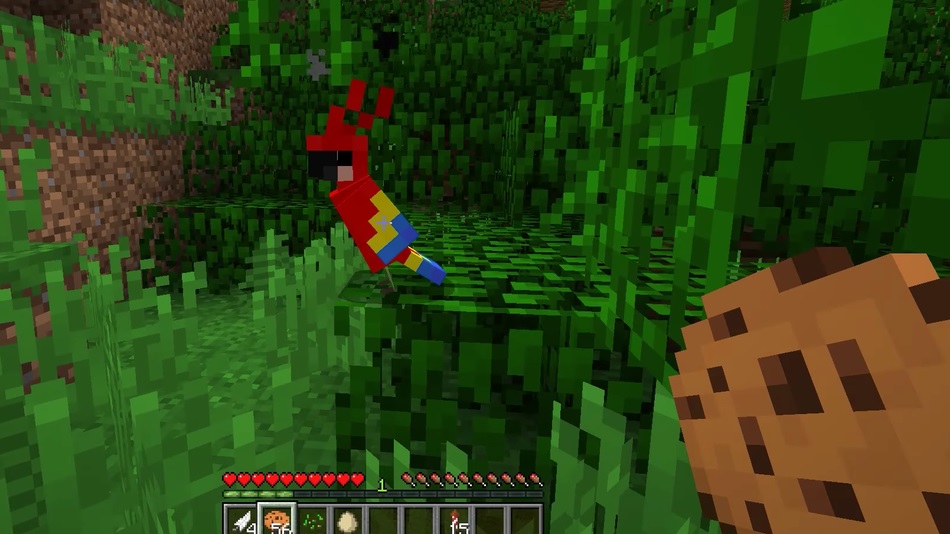How to warm up before dancing
Best Warm-Ups to Do Before Dancing
Taking some time to warm up your body before a dancing lesson (or any workout session!) is essential. According to Health Act, warming up boosts your heart rate and promotes blood flow to your muscles. Professional dancers never start a dance class or an on-stage performance without a quick warm-up session because they understand the necessity of gradually acclimating the body to the demands of the performance.
Prepare for your dancing class or other forms of exercise with dance warm-ups and stretches. Warming up your muscles properly and stretching for a few minutes will help you have a more enjoyable and injury-free dancing experience. Here are some of the best warm-ups to do before dancing:
Jumping Jacks
The most effective way to improve your blood flow and heart rate and prepare your muscles for stretching is to begin with a dynamic exercise� a series of short movements. Start by doing two sets of 20 jumping jacks.
Leg Swings
Leg swings let you isolate one side of your body at a time, increasing your range of motion and flexibility. To do a leg swing, stand with one leg in front of you. Lift the other leg, and bend it slightly as you swing it towards the front of the room, then toward the back. For each leg, repeat this motion at least 10 times. Hold on to a chair to stay upright if you're having trouble maintaining your balance.
Lunge Stretches
From your quads to your glutes, lunge stretches are a terrific way to stretch several muscles in your lower body. To perform a lunge stretch, stand tall with your feet shoulder-width apart, then move one foot back behind you, bending your front knee and keeping your rear leg as straight as possible. Deepen the stretch by lowering yourself as much as you can�if necessary, rest your palms on the floor for balance. Rep on each side 10 times, each time deepening the stretch.
Heel Raises
Heel raises combine a calf and hamstring stretch to help you become more supple. To complete a heel raise, stand tall with your feet facing towards the front, lift your heels off the ground until you're only standing on your toes, then return to the beginning position.
To complete a heel raise, stand tall with your feet facing towards the front, lift your heels off the ground until you're only standing on your toes, then return to the beginning position.
Hip swings
To warm up your hip joints, stand tall with your feet shoulder-width apart and alternate moving your hips from left to right, repeating at least 10 times on each side.
Neck turns
If your neck muscles aren't sufficiently warmed up, they can pull. To perform neck turn, stand up straight with your hands on your hips and glance to the right and left for a beat. Rep the process numerous times. To increase the stretch, roll your neck clockwise and counterclockwise.
Shoulder rolls
Shoulder rolls stretch the tendons and muscles in the shoulder area, reducing the risk of neck and back injuries while dancing. To perform a shoulder roll, stand tall with your head forward, lift your shoulders toward the ceiling, and then drop them. To attain the full stretch, do at least 10 repetitions.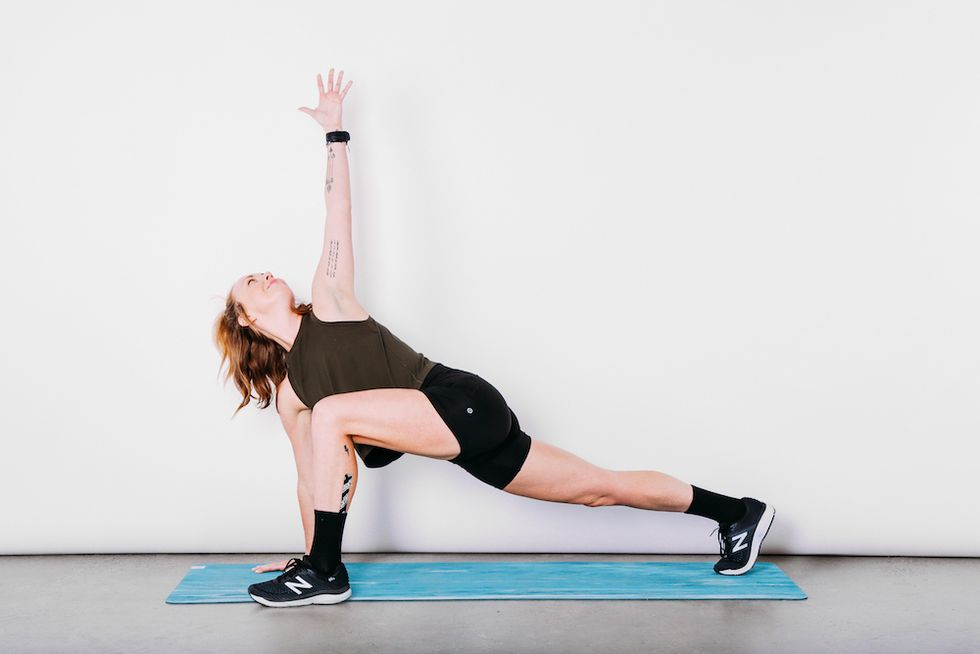
Circles around the ankles
Circulate your ankles through their complete range of motion while sitting with your legs extended in front of you, increasing the size of your circles each time. Rep in both directions 10 times.
Dancers, like any other professional sportsman, must begin their practice with a suitable warm-up regimen. Warm-up activities help to stimulate blood flow, raise body temperature, and prepare your muscles for the strenuous dance ahead.
For more information, please visit our website.
How to Warm-Up Before a Dance Practice
Practicing your dance without a warmup will cause you some injuries. Your muscles are still cold and sudden activity can trigger pain and inflammation. Not to mention, your practice quality is ruined because you easily get exhausted. The reason for this is your body spent too much time and energy while simultaneously moving and warming up.
Professional dancers know how important it is to warm up before a practice. In dance prep clinics you’ll be taught some warm-up techniques. And since some of these clinics aren’t available yet or are far from where you live, I have compiled some warmup exercises for pre-dance practice for aspiring pro cheerleaders like you.
In dance prep clinics you’ll be taught some warm-up techniques. And since some of these clinics aren’t available yet or are far from where you live, I have compiled some warmup exercises for pre-dance practice for aspiring pro cheerleaders like you.
1. Jogging in place then around the area
- Start by standing.
- Slowly alternate in raising and lowering your left and right heels.
- Gradually increase your alternating heel raises by picking your feet completely off the floor.
- Incorporate some full arm circles to really get your blood flowing.
- As your body feels warmer, jog in circles on where you started or around the area.
2. Shoulder rolls
- Lift both of your shoulders up and down.
- Then move your shoulders forward and backward.
- Spin your shoulders in a frontward circle then reverse.
3. Leg swings
- First, hold onto a chair while standing.
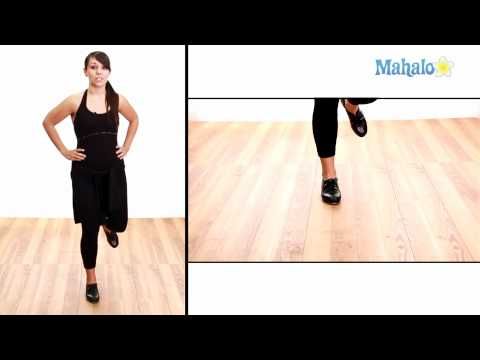
- Keep your legs straight.
- Lift and swing your left leg from the front to the back.
- Do 10 swings before switching to the right leg.
4. Toe touches
- While standing, bend at the waist and touch your toes.
- Keep your knees straight.
- While gaining flexibility of bending forward, grab the back of your lower legs with your hands.
- Hold your bent position for 10 to 15 seconds.
5. Split stretches
- It would be better to have an assistant if you’re new to splits.
- Start in a lunging position on a mat with your right leg forward.
- Keeping your toes on your right foot pointed forward and your knee above your ankle.
- Straighten your leg behind you with your kneecap and top of your foot pointing downward.
- Point our left toes backward.
- Hold your front ankle for 20-30 seconds.
- Sit back on your back leg.
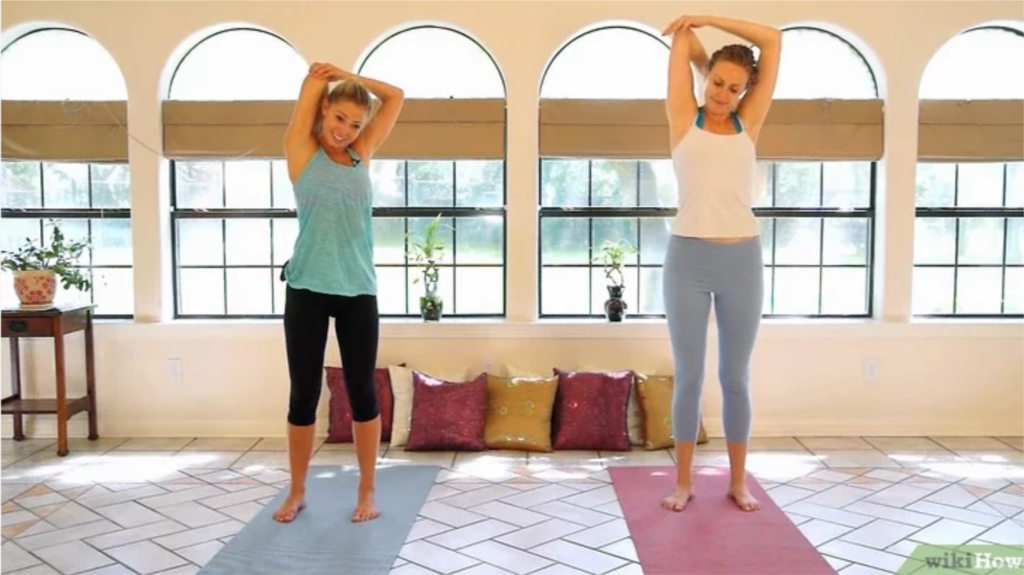
- Slowly straighten your front leg.
- Bend forward on your waist and not your low back to maximize the stretch.
- Hold the position for 20-30 seconds.
- Go back to your starting lunge.
- With your right hand, reach back and grab your back ankle.
- Pull it up towards your butt
- Hold the position for 20-30 seconds.
6. Ankle circles
- Sit on a mat with your legs extended on our front
- Stretch your toes inward towards you.
- Stretch your toes outward.
- Move your toes towards each other then outward from your center.
- Circle your ankles through their full range of motion while keeping your heels glued to the mat.
- Slowly make your circles bigger for each turn.
- Repeat 10 times for both ankles.
7. Leg stretches
- Lie on your back with legs out straight on the floor.
- Raise one leg and gently pull the leg toward your face with your hands.
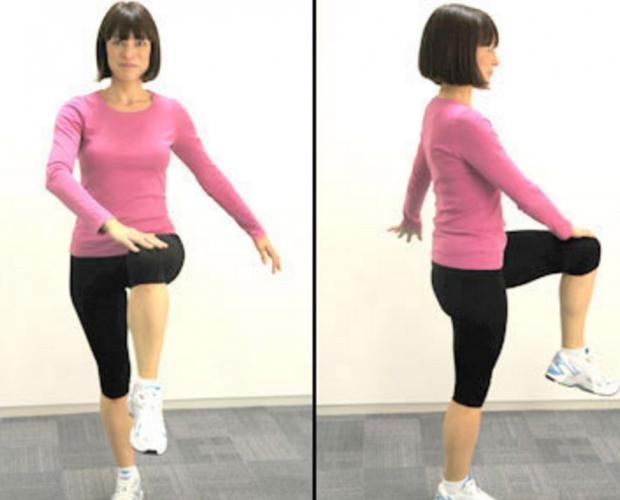
- Hold the stretch for 30 to 60 seconds. Switch legs and repeat.
8. Spinal flexion and extension
- Sit on a chair
- Then bend your head forward and downward to your knees. This will flex your spine.
- Bend your head backward to articulate your spine into extension.
- Repeat forward and backward bending with 5 times for each direction.
9. Thigh Stretch
- Start from a lunging position with your right leg at the front and your left leg straight at the back.
- Slowly engage your glutes.
- Move down into a deeper lunge to stretch your thighs.
- Keep your arms raised above your head while lunging.
- Repeat 5-10 times then switch to your left leg at front.
- Do 5-10 repetitions for your left leg lunge.
After doing your warm-ups, cool yourself down then get ready to practice dancing. After your dance practice, repeat all the warm-up techniques you have found above as a cooldown phase. But this time, do it in a more slow manner and focus on your breathing.
But this time, do it in a more slow manner and focus on your breathing.
Need a Great Workout Routine for Your Pro Cheer Audition Prep?
Pro cheerleaders stay fit, flexible, and strong so they can give out their best performance in the arena. However, achieving that wow-worthy, toned physique doesn’t happen overnight. You need to arm yourself with the right daily workouts.
Thinking of becoming a pro cheerleader?
We are offering you our fun, FREE (for a LIMITED time) POM FIT™ INTRO CLASS that teaches you beginner-friendly cardio moves.
To take your cheerleading fitness to the next level, we also have POM FIT™: GAMEDAY1™ - a series of challenging full-body cardio classes that include a body stretch class, kick stretch class, abdominal workout class, and more.
Join a POM FIT™ class below:
POM FIT™ INTRO CLASS (Free for a LIMITED time)
POM FIT™: GAMEDAY1™ (USD 27.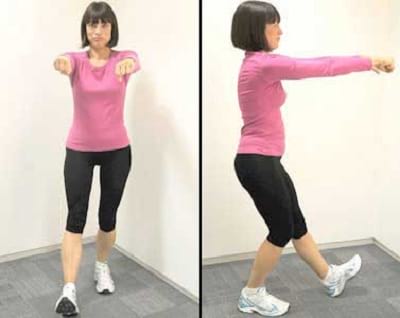 00)
00)
videos for ballrooms and others
Warm-ups for dancing
Like any activity that requires muscle work, dancing can be beneficial, but it can significantly harm the body. Of course, the latter option is possible when the hasty dancers start rehearsing without a preliminary warm-up. How to do it correctly?
Contents
- What is warm-up?
- What not to do!
- Basic rules
- How long should you warm up?
- What shall we do?
- Inhale deeply, arms wide
- Attention - spine
What is warm-up?
Dance warm-up has its own characteristics that distinguish it from the exercises performed by athletes or gymnasts. What does she represent?
A warm-up before dancing is a set of simple movements that improve blood circulation and increase the range of motion of the joints. Its main task is to smoothly warm up the body, preparing it for more complex and serious loads. If you neglect this important part of the rehearsal, then you can easily earn a sprain, dislocation or even rupture of the ligaments. Another, this time a secondary, warm-up task is working out dance moves that you will use during the main session. It is not even so much about the movements themselves, but about individual simple elements: rotations, steps, inclinations and deflections.
If you neglect this important part of the rehearsal, then you can easily earn a sprain, dislocation or even rupture of the ligaments. Another, this time a secondary, warm-up task is working out dance moves that you will use during the main session. It is not even so much about the movements themselves, but about individual simple elements: rotations, steps, inclinations and deflections.
In athletics, unlike dance, a different approach is used, strength warm-up is important here. The load on the muscles and the complexity of the movements are many times higher. But, for example, yoga and Pilates involve entering a certain state under the warm-up, “tuning” the body to a high level of concentration.
What not to do?
In any sport, from running to wrestling, the first thing that novice athletes learn is the ability to fall correctly and not make mistakes that can cause the end of an Olympic champion career that has not begun.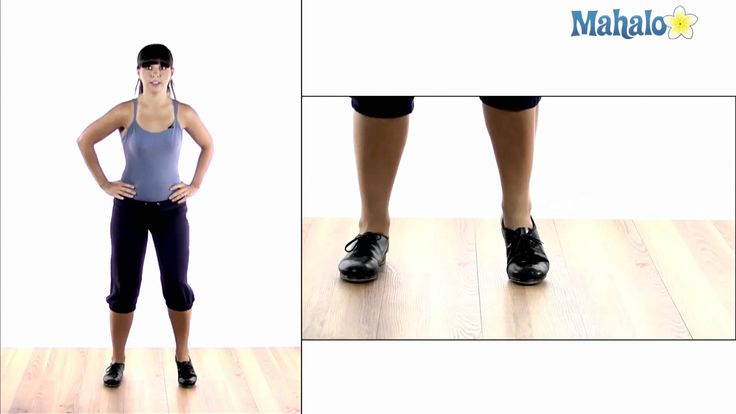
When it comes to the warm-up, remember what not to do:
- Don't go all out during the warm-up. Your task is not to break Guinness records, but only to gently and gently warm up your muscles. Competitions in speed, strength and flexibility are not about warming up.
- Don't waste time warming up. Intense warm-ups based on a complex combination of exercises are an element of great sport. This is usually how professional athletes warm up before the start of the competition in order to work out acceleration from a standstill. For you, this practice can result in increased stress on the heart and injuries.
- Do not use complicated movements. Try to focus on simple dance steps that give a moderate load on the muscles and do not require prior preparation. Remember that the rehearsal itself is waiting for you ahead, which will also require strength and energy.
Basic Rules
Before starting to warm up for dancing, you should first of all tune in, feel your own body. Thus, you can not only perform the exercises, but also enjoy the moment. Naturally, it should be performed in the form in which you will be dancing, so change clothes - and go!
Thus, you can not only perform the exercises, but also enjoy the moment. Naturally, it should be performed in the form in which you will be dancing, so change clothes - and go!
Unlike competition suits, rehearsal uniforms should be as comfortable as possible. It is advisable to use light cotton knitwear, as they have sufficient hygroscopicity, and the skin in them "breathes" throughout the session. As for shoes, if we are not talking about tap dance, you can rehearse in ordinary Czech shoes, or even better - barefoot.
How long should you warm up?
As for the time it takes to put the muscles on alert, it all depends on the particular type of dance. But in general terms, we can say that it should take about half an hour to complete the exercises, so renting a dance hall on an hourly basis should be planned taking this time into account. For dances with elements of acrobatics, it may take twice as long to warm up, since it is necessary not only to warm up the muscles, but also to set up your vestibular apparatus for the upcoming work
Attention - the spine!
During the main warm-up before dancing, you should pay attention not only to the muscles and joints, but also to the spine. Its flexibility and readiness for dance movements is the key to safe classes. The spine itself is a rather “lazy” part of our body. It easily adapts to static positions, and with age it completely loses mobility, becoming overgrown with salts and losing cartilaginous layers. The well-known gentle bends are a very suitable way to develop the spine before starting a rehearsal. Make sure that the movements are smooth and restrained. Then your back and its main supporting element will not suffer from excessive compression or displacement, which is fraught with unpredictable complications.
Its flexibility and readiness for dance movements is the key to safe classes. The spine itself is a rather “lazy” part of our body. It easily adapts to static positions, and with age it completely loses mobility, becoming overgrown with salts and losing cartilaginous layers. The well-known gentle bends are a very suitable way to develop the spine before starting a rehearsal. Make sure that the movements are smooth and restrained. Then your back and its main supporting element will not suffer from excessive compression or displacement, which is fraught with unpredictable complications.
What shall we do?
A set of exercises, as a rule, is developed by trainers, taking into account the specifics of a particular dance direction. Different dances - the warm-up is also different. So, girls who prefer oriental dances need to pay special attention to the muscles of the thighs and chest (for example, “draw” eights with them). It is important for hip-hop performers to set aside time for cardio exercises, and for strip plastics, stretching and a thorough warm-up of the hands are necessary. If you prefer ballroom dancing, the warm-up should be aimed primarily at coordination of movements, since this type is paired.
If you prefer ballroom dancing, the warm-up should be aimed primarily at coordination of movements, since this type is paired.
However, if you decide to take up dancing on your own, without a coach, then master a small set of exercises that can be called universal. It can be performed before any workout, if necessary supplemented with exercises that are typical for each individual direction. For those who prefer dancing, warm-up - the video will illustrate everything clearly.
Deep breath, arms wide
What do the universal warm-up exercises before dancing include? First of all, these are head tilts - both forward and backward, and to the sides, as well as turns and rotation with this part of the body.
Next, you should shift your attention to the shoulders and stretch them in the same way (raise and lower, rotate back and forth). Warming up will help the mixing and breeding of the shoulder blades.
Make time for your back: make several bends (forward, keeping your back straight, to the sides, back).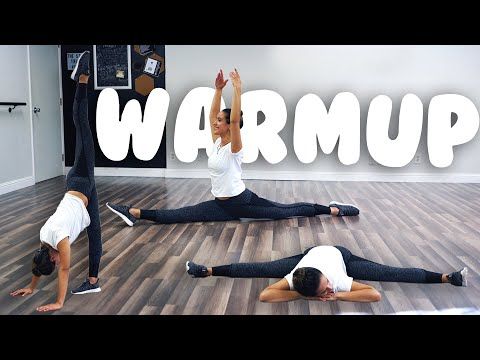 Do not forget about stretching - when lateral tilts, perform movements as smoothly as possible, as if sliding. Warm-up for dance will be incomplete if you ignore the hips. Rotate them, do squats and lunges. After such a complex, your muscles will be filled with warmth, and you can easily perform even the most complex movements.
Do not forget about stretching - when lateral tilts, perform movements as smoothly as possible, as if sliding. Warm-up for dance will be incomplete if you ignore the hips. Rotate them, do squats and lunges. After such a complex, your muscles will be filled with warmth, and you can easily perform even the most complex movements.
In any case, you may prefer different dances - dance warm-up remains a mandatory element of each class.
Warm-up before dancing
Warm-up before dancing: 6 typical mistakes
Over the years, the school "Dragons" has already graduated several thousand students, and all of them once and for all learned the main rule of hip-hoper - any movement begins with a warm-up. If you want to dance without health problems, enter the dance gently, prepare your body for it and properly set it up for work.
The warm-up before dancing should be intense enough to tone the muscles and accelerate the cardio system. The second is perhaps even more important. The heart and blood vessels do not like sudden loads, but they work great in an enhanced rhythm if they are properly started.
The second is perhaps even more important. The heart and blood vessels do not like sudden loads, but they work great in an enhanced rhythm if they are properly started.
Error #1. You need to start your workout with slow steps
No, you need to start your workout with steps at a fast pace, but without actively engaging your arms. After a couple of minutes, the movements of the arms become more intense, the back and shoulders are included in the step. The step becomes wider, the knees rise higher.
Error #2. It is necessary to start development from the neck
No way! Features of the device of the human body provide for a gradual warming up from the bottom up. Therefore, we start with the feet, knead them, alternately lifting them on toes with effort. Next, we make circles with our feet (working out the ankle and Achilles tendon) clockwise and counterclockwise. Then in the same way we “twist” the knees. The task of the dancer is to direct as much blood as possible to the joints so that the joint fluid is produced more actively and provides softness to the movements.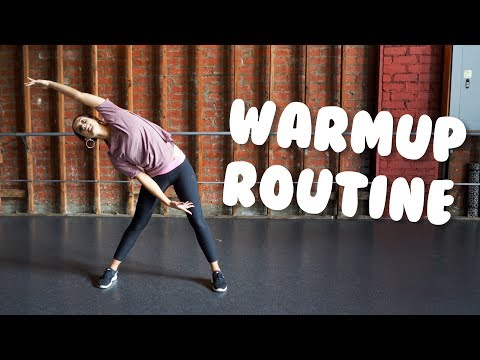
Error #3. Booty work is for girls!
No! The hip joints are a very vulnerable place and their vulnerability increases with age. Therefore, intensive “eights” with the pelvis during the warm-up are shown to everyone.
Error #4. Warm up first, then stretch
Experts advise to combine exercise types. After warming up your legs enough, you can stretch before dancing. But not much - in the warm-up mode. After all, if you leave them to "cool down", stretching will no longer be so effective.
The main elements of the dance stretch should cover all working areas: feet, calves, thighs, lower back, hamstrings, neck, arms. Yes, yes, hands also need to be stretched. And if you think this is nonsense, try to stand up straight, spread your arms exactly to the sides and pull your fingers towards your shoulders. Difficult? Now do this exercise every day, and your hands will become much more plastic.
Error #5. A hip-hoper should not have a flat back
Good posture is a guarantee of good health for many years, it protects internal organs from obesity, eyes from loss of vision, helps the circulatory system to nourish the brain with oxygen.



